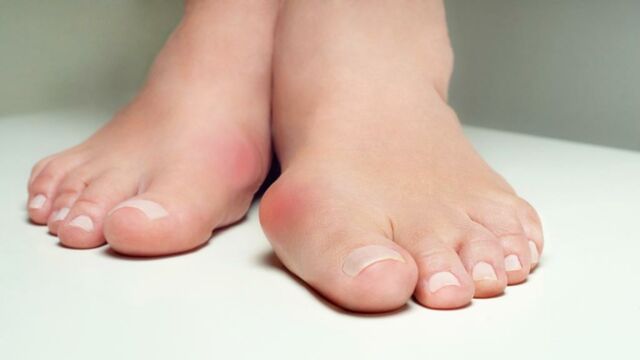Bunions are not the most talked-about condition. They are commonly found in old people. A bunion is a bump on the side of the big toe. The bump develops gradually over time, and eventually, it becomes so big that it visibly sticks out next to your big toe. Sometimes it even gets big enough that it causes your toe to bend in so far that it overlaps the next toe. This results in difficulty in walking and other mobility issues.
Discover our latest podcast
How is it caused?
The bunions, scientifically termed hallux abducto valgus, are formed due to years of pressure on the single big toe. Which in turn puts constant pressure on the metatarsophalangeal or MTP joint. The toe joint becomes tilted over time, resulting in the formation of a bony bump.
This problem is largely observed in the elderly due to years of walking in the wrong posture. It can also be caused if it's hereditary from the family lineage. Wearing tight and constricting shoes over long periods of time can also result in this condition

Treatment and care
This deformity can be treated either by surgical or by non-surgical procedures. If detected early enough, the bunions can be healed by changing the posture of your foot while walking. It also helps to invest in good quality shoes with extra padding so the pressure on the big toe is minimal. The patient can apply ice as well, to reduce the swelling and inflammation of the joint.
Other medical methods include consuming anti-inflammatory drugs like ibuprofen. Physicists also suggest undergoing injection therapy. It consists of Corticosteroid injections that might be beneficial in treating the inflamed bursa which is the fluid-filled sac located around the joint.
If nonsurgical treatments fail to relieve bunion pain and the pain interferes with everyday activities, it is time to consult with a foot and ankle surgeon about surgical alternatives. You and your doctor can decide whether surgery is right for you.
Read more:
⋙ These are the benefits of going bare foot
⋙ Acupressure: Pressing this spot on your foot could fight stress and indigestion
⋙ This man was left terrified after discovering his foot was completely black















